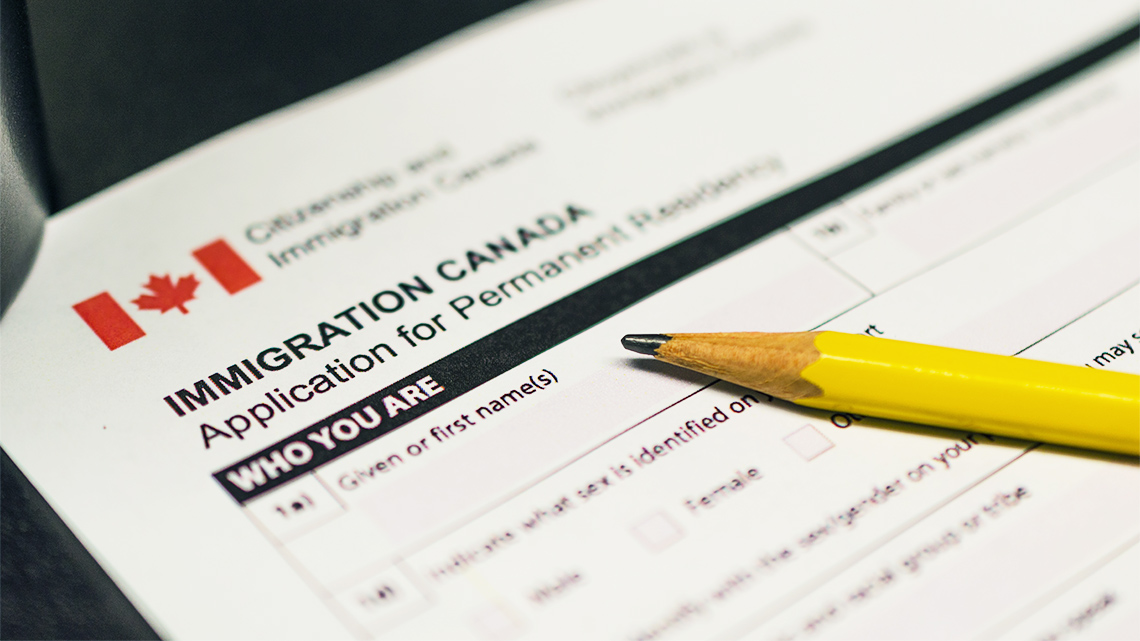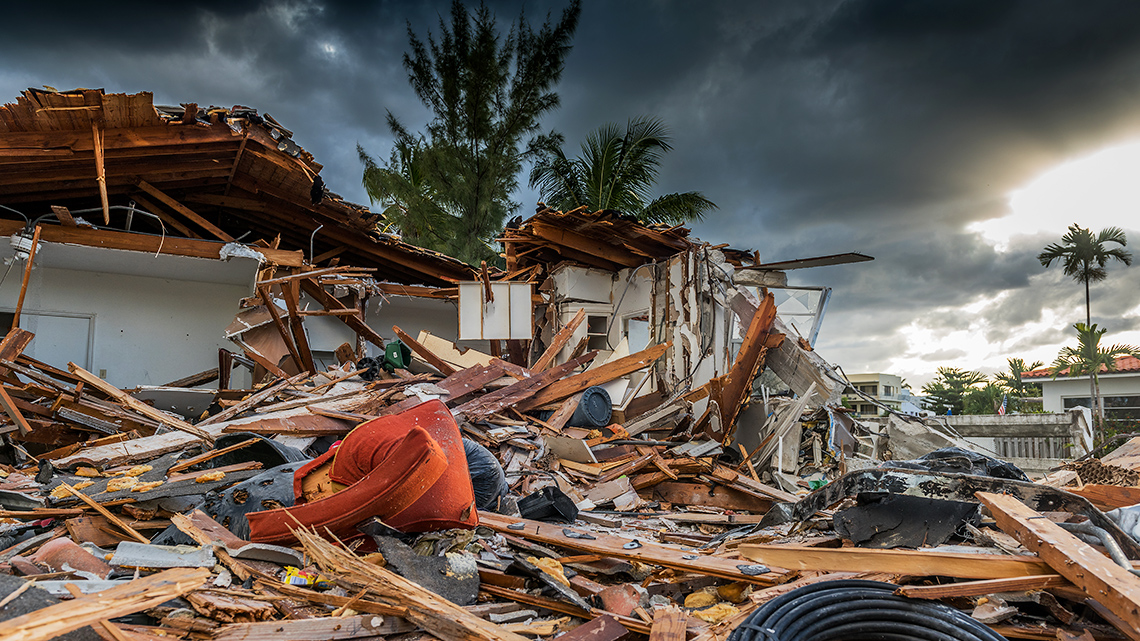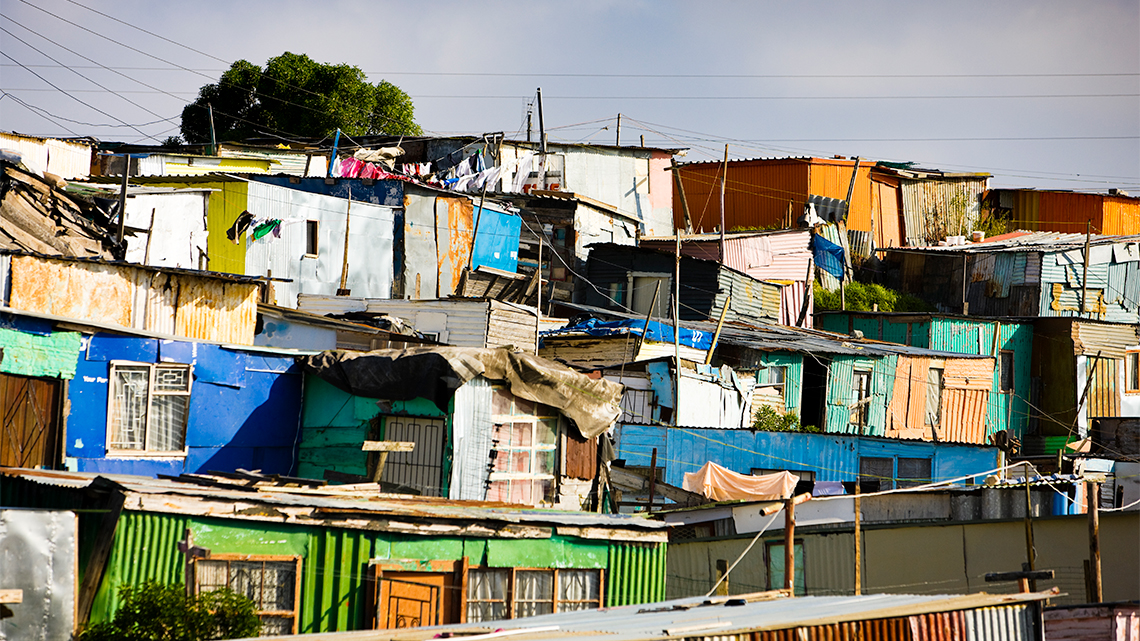Minds On
Colonization
In this learning activity, you will explore the significant events that led to the colonizing of “New France” in Canada, including the interactions between European colonizers and First Nations communities.
Press Note to reveal a key point about Canada.
Press Definition to explore a definition for colonization.
Using a method of your choice, create a list of ideas about why people move. What conditions might cause someone to relocate cities, towns, provinces, or countries?
Explore the following images to prompt your thinking.
Action
Reasons for settlement
Between 1500 and 1700, the living conditions in Europe were rapidly declining. Land was becoming scarce because of the population growth and many people were being forced off their lands with high taxes. Strict policies created a gap between the rich and the poor and many people could not afford to buy land in Europe. This meant that people began to look elsewhere for land and resources.

Portrait of French Explorer Samuel de Champlain
In 1608, Samuel de Champlain arrived in current day Quebec City, the place where the river narrowed, and established a trading post and colonized a new French settlement, that he called “New France.” Explorers were interested in the land for a variety of reasons.
Firstly, they were interested because the land was rich in natural resources that were depleting (disappearing) in Europe. For colonizers, this land was theirs to colonize, even though Indigenous communities had been living there for centuries. The colonizer world view valued competition, individualism, and supremacy, regardless of how this impacted Indigenous communities.
Secondly, they wanted to establish trading with Indigenous communities, specifically gaining fur for clothing that could be made in Europe. Colonizers wanted to control the trade.
Lastly, they wanted to convert the religion of Indigenous communities to Christianity. Colonizers wanted to impose their own cultural values, religions, and laws, and make policies that did not favour Indigenous communities.
Samuel de Champlain initially created friendly alliances with many Indigenous communities living in the area, who helped him to navigate the territory.
Reflection
What conflict and challenges do you think could arise with two different communities living on the same land? Respond in a method of your choice.
Press Hint to explore a hint about the conflicts and challenges.
In New France, the majority of the colonizers lived in rural areas governed by a seigneurial system. This was a way to divide land into plots that ran along waterways, such as the St. Lawrence River. Each plot of land was owned by a seigneur, who would offer sections to families known as habitants (more colonizers).
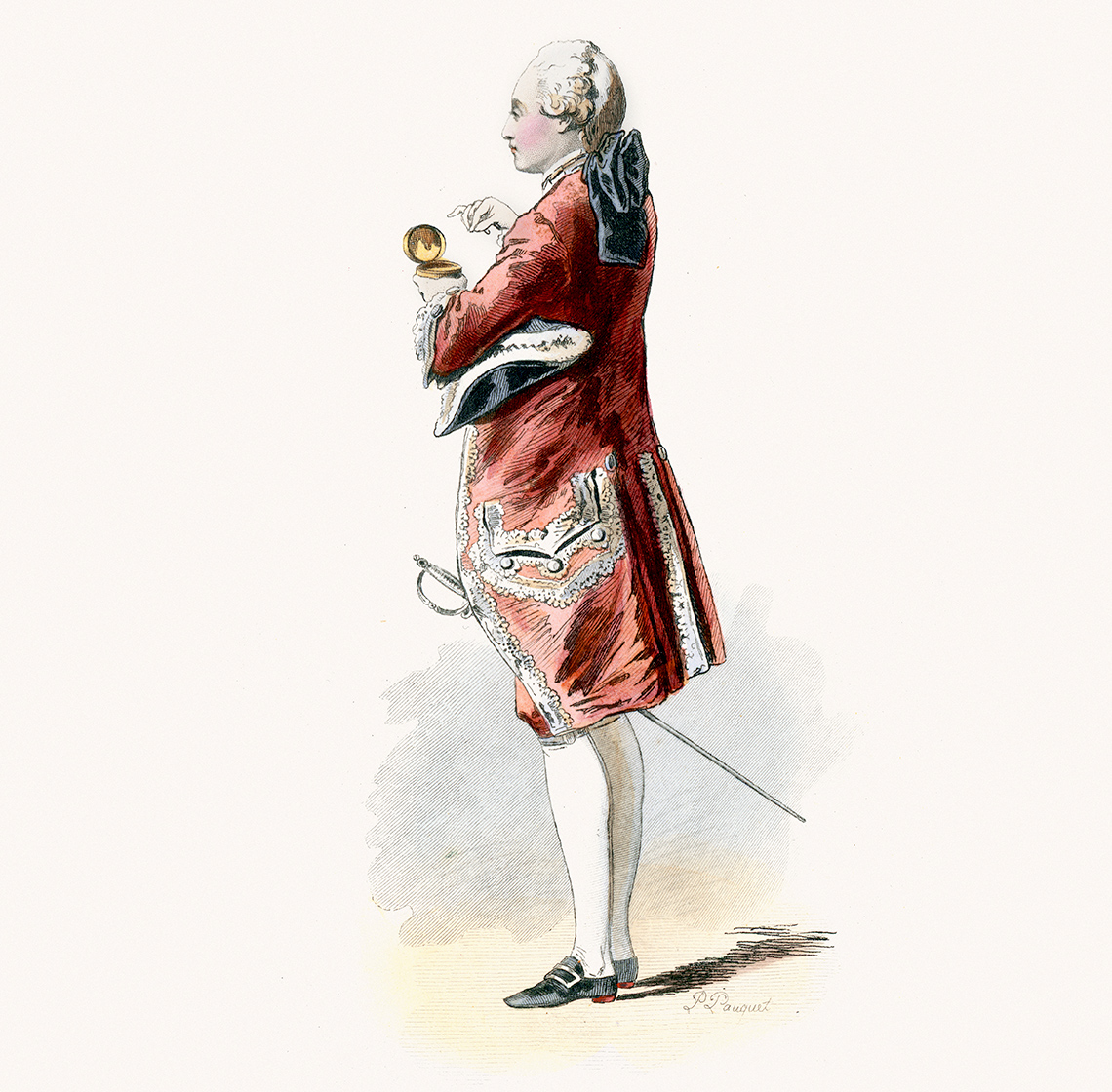
Both the seigneur and habitant (also known as the tenant) had responsibilities to each other. The habitant was required to pay rent and taxes for the land and also had to give a portion of his grain harvest to the seigneur. The seigneur was required to build and maintain a mill for grinding the grain and was responsible for settling disputes when they arose. This system was created to help build up the economy of communities. However, it created a large gap between the rich (seigneurs) and the poor (habitants).
Press Note to explore the ways of living.
In New France, the colonizers used a hierarchy of government and each person had their own duties and responsibilities.
Press Definition to explore the definition of hierarchy.
The governor was responsible to the King and took advice from a council of people, such as the Intendant, Bishop, Seigneurs and Clergy members. The First Intendant ran day-to-day affairs of the colony. The First Intendant of New France was Jean Talon. The Bishop was responsible for religious rules and life of the colony. High Ranking Seigneurs were landowners and Clergy members were priests. Together, all these people helped to run and maintain the colony of New France.

This is a flow chart explaining the hierarchy the colonizers used. The King (in France) at top, is connected to the Governor and Intendant who are in New France (Canada) who are connected to the Bishop, Seigneurs, and Clergy members who all serve the Habitants/ people.
Expand your learning
It is important to remember that this is not the government system that Indigenous communities used during this time period. Even though colonizers were living on their land, Indigenous communities had their own government system and structure. Choose an Indigenous community (i.e. Woodlands First Nations, Iroquoian First Nations, Plains First Nations, Plateau First Nations, Pacific Coast First Nations) and research how they governed their community in the 1700s.

Compare and contrast the seigneurial system and government of New France with the present-day government structure of your hometown. Consider land ownership and government. How are they similar and different now?
Press Hint to reveal a hint about the seigneurial systems versus present-day government structure.
Complete the Compare and Contrast Chart in your notebook or use the following fillable and printable document.
Press the ‘Activity’ button to reveal Compare and Contrast Chart.
As you expand your learning, you will continue to investigate the interactions between Indigenous communities and New France colonizers, as well as the important role of the fur trade. Test your knowledge by completing the following vocabulary match. You can refer back to the previous section or research on the internet to help you.
For each term, select the corresponding definition.
First Nations and New France interactions
The French colonizers believed that First Nations peoples did not own the land that they lived on, and therefore believed they had the right to claim the land as their own. As New France began to expand in population, so did their land claims, and their territory began to creep up onto First Nations communities. In the beginning, the French colonizers recognized the First Nations people and their entitlement to their land. The French colonizers developed an alliance with the First Nations groups and recognized their right to continue to govern their own land and practice their own customs.
However, French colonizers believed they were superior to Indigenous peoples, and therefore they wanted control. French objectives had been to Christianize Indigenous peoples in order to attain their utopian ideal of “one people.” The Church tried to achieve this objective through a variety of methods, beginning with trying to take land away from Indigenous peoples.
Press Definition to reveal a definition of a utopian ideal.
As we work towards Truth and Reconciliation, information about lands and territories is constantly being updated. This map was accessed through the permission terms of Maps etc in July 2021.

Originally, the French allied with First Nations communities north of the St. Lawrence Rivers (the Huron-Wendat, Algonquin, Odawa, and Montagnais) and in Acadia (the Mi’kmaq and Maliseet) to establish Indigenous trading routes focused on beaver pelts. This trade ignited new European explorations throughout the Great Lakes.
First Nations quickly adapted to this new way of living, as the Europeans brought them goods such as metal, pots and pans, beads, and weapons for fur. This created competition between First Nations communities, such as the Haudenosaunee and Huron-Wendat, which resulted in violence and war.
Press Further Learning to reveal ways to learn more about this.
Power struggles between the French and the British transformed relationships with First Nations people, as they were now valued as vital military alliances in many conflicts. As colonizers demanded more property, they began to pressure the government for lands that were held by First Nations communities.
The colonizers were beginning to consider First Nations people as impeding their growth and economic development. By the 1830s, more and more lands were surrendered for settlement. First Nations lost more hunting and fishing lands and were often forced to relocate.
Reflection
Do you think the relationship between the First Nations and French colonizers was a positive relationship? Why or why not? Use evidence from what you have just explored to support your answer. Respond in a method of your choice.
Press Hint to reveal a hint about the relationship between First Nations and French colonizers.
The fur trade
As mentioned previously, the fur trade played a significant role in European and First Nations interactions.
Examine the following photo of the Hudson’s Bay Company Trading Post.
What do you notice? What do you wonder?
Record your ideas in a method of your choice.
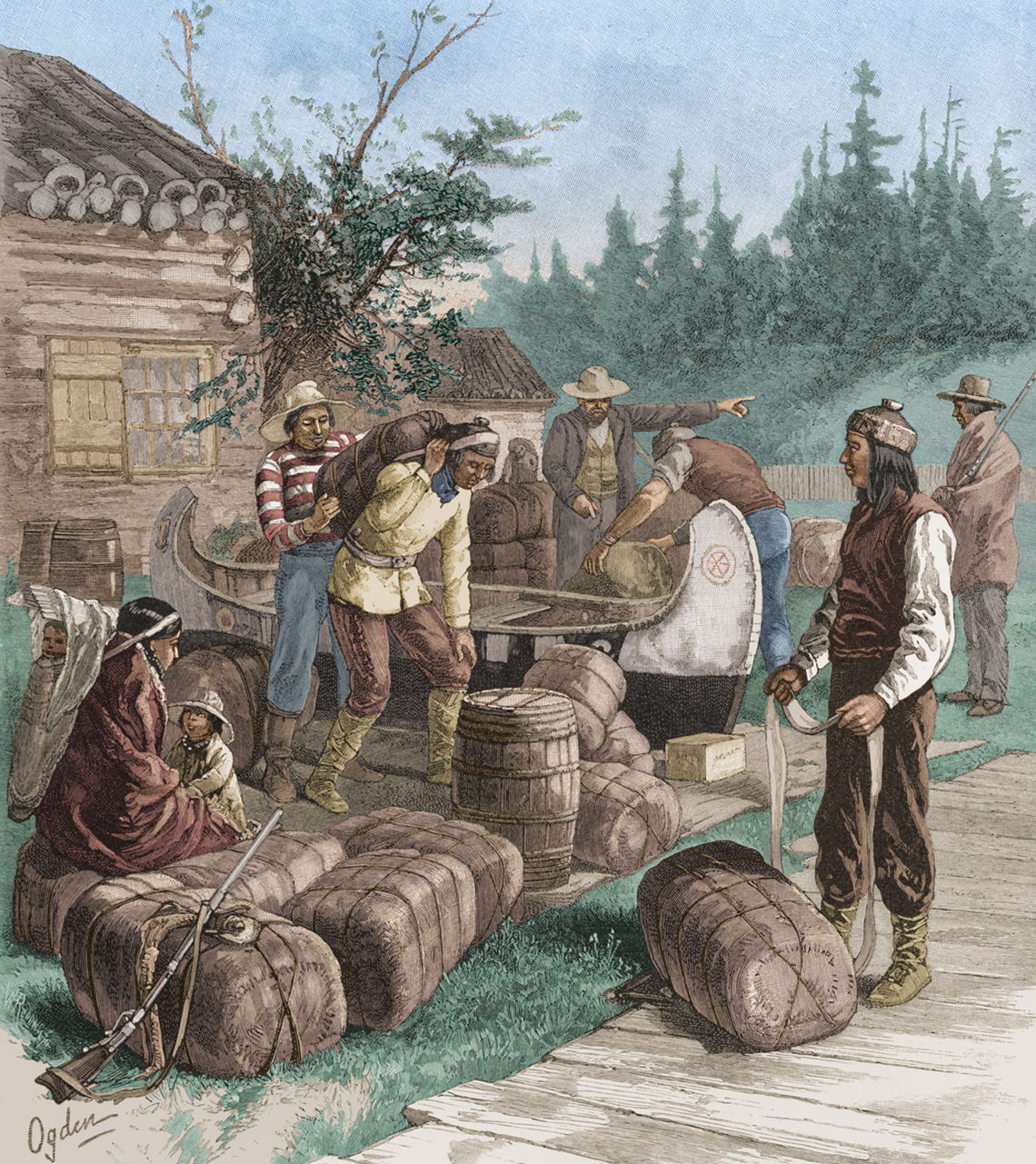
This is an image of trading at Hudson’s Bay Company trading post. In this image there is a background of trees and land, with part of a building on the left-hand side and a canoe. There are a variety of people, including men, women and children, who appear to be discussing and interacting over a variety of packages.
Now, let’s explore the following video and think about the following questions recording your response with a method of your choice.
- What initially brought the Europeans to Canada?
- What items did you see in the video that Europeans traded to the First Nations for fur?
Samuel de Champlain’s goal was to make Quebec the centre of a powerful French colony and he promoted its commercial, industrial, and agricultural opportunities to the government in France. The colonization of New France was heavily driven by the demand for beaver pelts, which were highly valued as raw material for hat-making in Europe. The beaver hat was a fashion essential for the well-to-do and widely used in the military.
Source: Foster, J. E., & Eccles, W. J. (2019, November 1). Fur Trade in Canada. The Canadian Encyclopedia. https://www.thecanadianencyclopedia.ca/en/article/fur-trade.
Inquiry
Inquiry is a multi-step process used to formulate questions, gather, organize, and analyze information, evaluate and draw conclusions, and communicate results. Although the stages are not always done in the same order, the following graphic from the Ontario Ministry of Education provides a summary of these steps. Examine the following diagram to examine how the steps relate.

Image includes gears with the following topics: “Interpret and Analyze” “Gather and Organize” “Formulate Questions” “Evaluate and Draw Conclusions” and “Communicate.” Interpret and Analyze: Analyze the data, evidence, and information, using different types of graphic organizers as appropriate. Gather and Organize: Collect and organize relevant data, evidence, and/or information from primary and secondary sources and/or field studies. Formulate Questions: Formulate questions related to the applicable overall expectation in order to identify the focus of their inquiry. Evaluate and Draw Conclusions: Synthesize data, evidence, and/or information, and make informed, critical judgements based on that data, evidence, and/or information. Communication: Communicate judgements, decisions, conclusions, predictions, and/or plans of action clearly and logically.
Choose one of the following topics to further explore using a variety of resources. Follow the inquiry process by formulating appropriate questions, gathering and analysing information, drawing conclusions, and communicating the results of your inquiry using related vocabulary. Begin by searching for encyclopedias, virtual museums, fur trade archive websites, and historical atlases.
- The Hudson’s Bay Company – what was their role in the fur trade?
- The Haudenosaunee – what was their role in the fur trade?
Record information on the topic in the method of your choice to create a presentation. For example, you could create: a slideshow, a blog, a website, an infographic, a video, etc. If possible, share the presentation with someone.
Use the following checklist to help guide your creation of the presentation.
My presentation includes:
Reflection questions
- What resources did you find the most helpful as you were researching? Why is it important to consult multiple resources when you gather information?
- Which format did you choose to share your information? Was this format meaningful and engaging? How did you know?
Consolidation
Summarizing what I’ve learned
In this learning activity, you have explored the factors that led up to and the colonization of New France, how colonizers of New France interacted with First Nations people, and an overview of the fur trade and its role in colonizing New France and fostering relationships between First Nations peoples.
Fill in the blank
For each sentence, select the missing word from the drop-down menu.
Now answer some more questions by filling in the blanks.
Questions

Choose one of the following questions to respond to in a method of your choice. Use evidence from your learning to support your answer.
- How do you think First Nations people viewed the European colonizers? Do you think this perspective was different when they first encountered each other versus later? Why?
Press Hint to reveal a hint about how First Nations people viewed the colonizers.
- What role did pressures for land and resources play in the relationship between European colonizers and First Nations communities?
Press Hint to reveal a hint about the role land and resources played.
- How is the history of European colonization in Canada still affecting First Nations communities today?
Press Hint to reveal a hint about how past events are still affecting First Nations communities today.
Reflection
As you read the following descriptions, select the one that best describes your current understanding of the learning in this activity. Press the corresponding button once you have made your choice.
I feel...
Now, expand on your ideas by recording your thoughts using a voice recorder, speech-to-text, or writing tool.
When you review your notes on this learning activity later, reflect on whether you would select a different description based on your further review of the material in this learning activity.
Press ‘Discover More’ to extend your skills.
Discover MoreExpand your learning using one or both of the two following research activities:
Research Activity 1: Historical Figures
Choose one of the following historical figures to research. Write a short biography that includes their involvements in the creation and development of New France and/or the fur trade.
- Samuel de Champlain (key role in founding New France)
- Jacques Cartier (key role in founding New France)
- Jean Talon (intendant of New France)
- Etienne Brule (French person living among First Nations people)
- Mathieu Da Costa (First Black person known to have visited Canada as a free man)
- Louis Jolliet (explorer and fur trader)
Research Activity 2: Medicine
Research medical care in the 1700s and compare it to modern-day medicine using a method of your choice. Consider the guidance of First Nations peoples and their traditional knowledge of medicine in your researching.
Press ‘Hint’ to reveal a hint about medical care in the 1700s.
